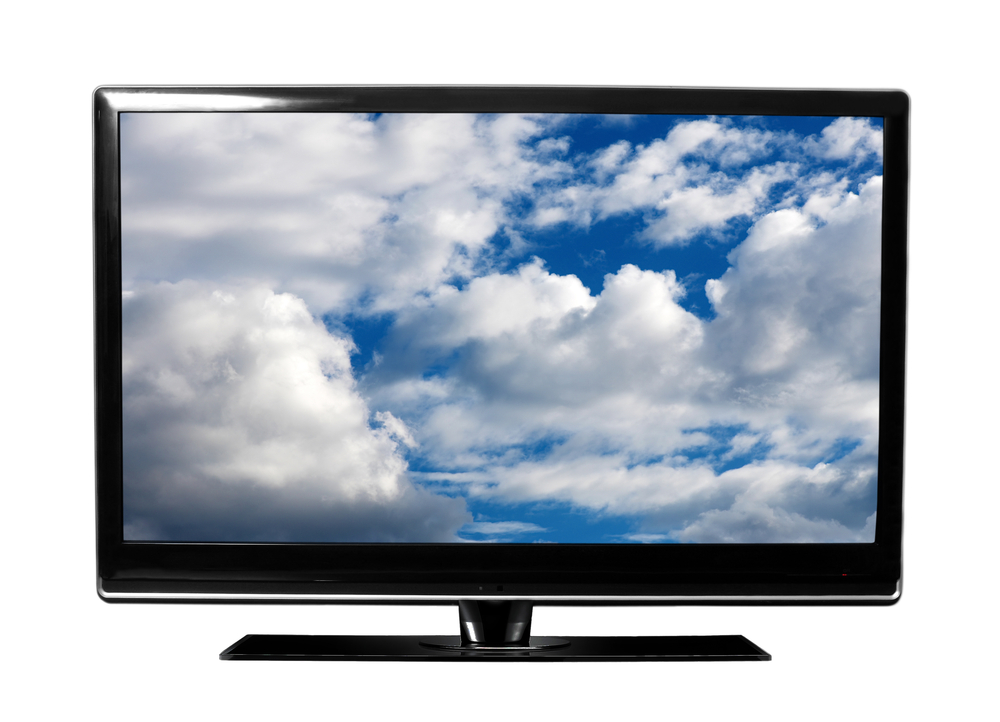
Let’s look at each one of these points:
Point 1. The employer must make a risk assessment of all workstations which might be used by DSE ‘users’ employed by them. DSE is a risk assessment that reviews the way workstations are set up and how people are using them. The aim is to ensure that the user does not cause themselves any harm by incorrectly using their workstation.
DSE refers to every individual who works in an office environment and includes 5 main areas:
- Desk and chair
- Display screen, base unit, laptop, docking station
- Wrist rest, footrest, keyboard and mouse
- Telephones, document holders, printers and lamps
- The general work environment
Point 2. The employer must reduce risks to the lowest reasonably practicable level.
It is recognised that it is not possible to remove all risks. However, steps need to be taken by the employer to ensure that, where possible, risks are reduced to a minimal level. Ways in which an employer can meet this point include but are not limited to the following:
- Ensuring that all equipment is well maintained and meets industry requirements
- Monitoring the health and safety of employees including monitoring noise levels and the general work environment
- Introducing training sessions in DSE (such as this eLearning program)
- Monitoring employees using DSE equipment and providing support and guidance to improve this usage
- Supply eye tests free of charge to the employee to protect the long-term eyesight of the employee and to identify and resolve issues with eyesight as soon as possible.
Point 3. The daily work routine of ‘users’ must be planned so that DSE work is periodically interrupted by rest breaks or other types of work.
It has long been recognised that taking regular breaks from your workstation is vital for health and well-being; these breaks may be as simple as making a cup of tea, attending a meeting away from your workstation or completing another work-based task (such as filing). These breaks have many benefits, including;
- Resting your eyes on the computer screen
- Moving your body from a fixed position
- There is no legal guidance on how long breaks should be for. This depends on the kind of work that you are doing. The HSE recommend that short breaks are much better than infrequent longer ones. For example, 5-10 minute breaks every hour is preferable to 20 minutes every two hours.
Most jobs provide opportunities to pause from DSE work to do other tasks, such as filing or copying. If there are no such natural changes of activity in your job, your employer should plan for you to have rest breaks. It is best if breaks or changes of activity allow the user to get up from their workstation and move around, or at least stretch and change posture.
Point 4. If they wish it, ‘users’ are entitled to an eye and eye test paid for by their employer. The test must be repeated at regular intervals. If it shows that special spectacles or lenses are needed for DSE work, the employer must cover the cost of this as well.
It is recommended that your eyesight is checked by a qualified optician on at least every 2 years unless symptoms occur or otherwise advised by your optician or medical professional.
During this eyesight test, the optician will decide if you require spectacles for working with computers. Often, they refer to this as Visual Display Unit (VDU) use. If VDU spectacles are required, then your employer is legally required to contribute towards this cost. Please note that your employer will have a policy specifically relating to this contribution and how much this will be.
Point 5. The employer must provide ‘users’ with health and safety training on the use of their workstation and with information on the risks and the measures to control those risks
Employees should be given the opportunity to complete either an eLearning course (like this one) or a classroom-based training course on DSE. This is in an attempt to raise employee awareness of the implications of poor practice relating to workstations and give advice on how to promote best practices.
It is the employer’s responsibility to provide as much support to employees as possible with regard to DSE, but ultimately, they are limited to how much they can enforce best practices. Therefore, a large part of this responsibility sits with DSE users, which is why it is vital that all employees complete a full course so that they can understand and appreciate the repercussions of failure to adhere to best practices.

